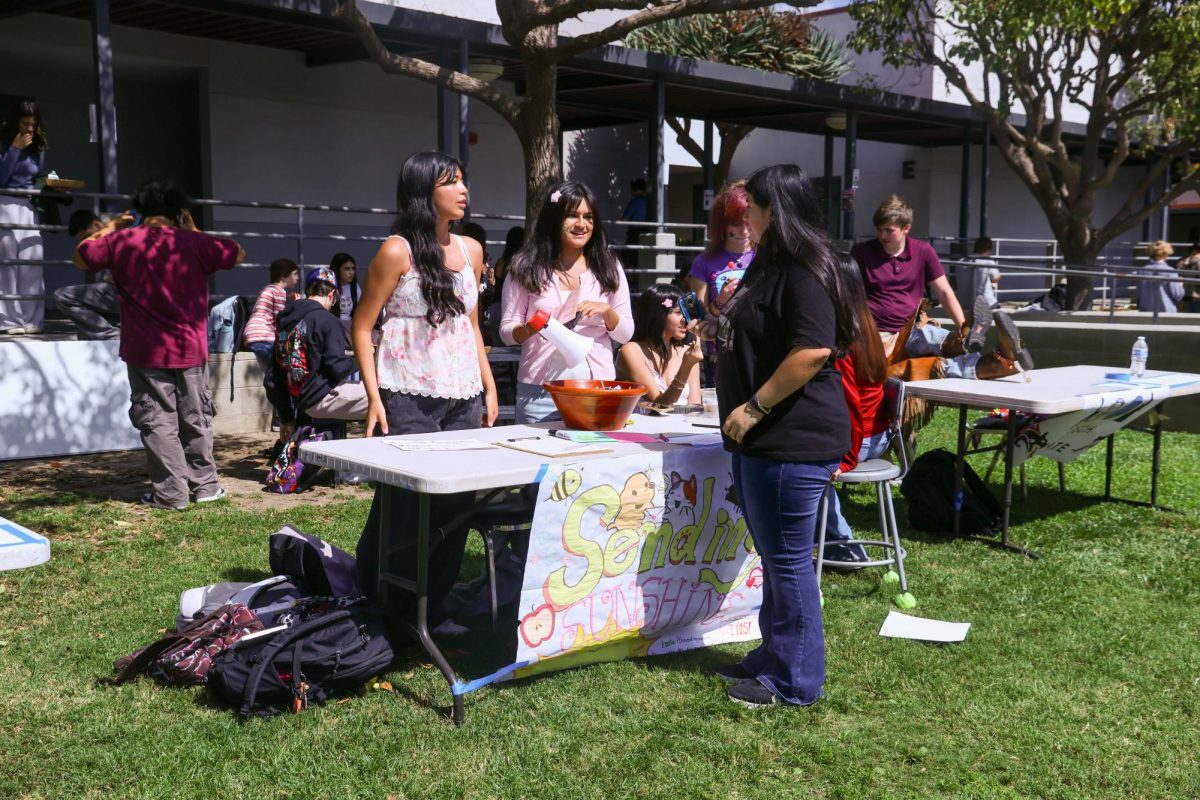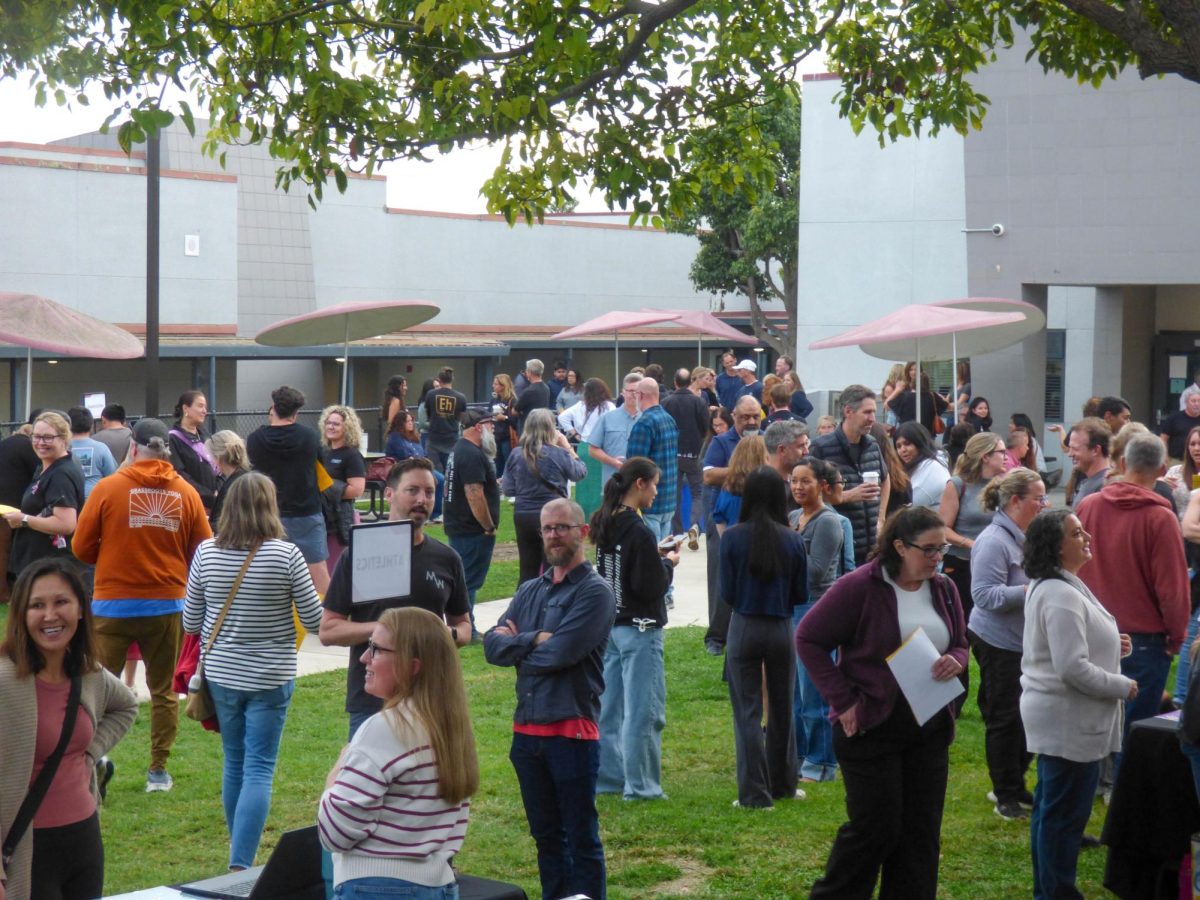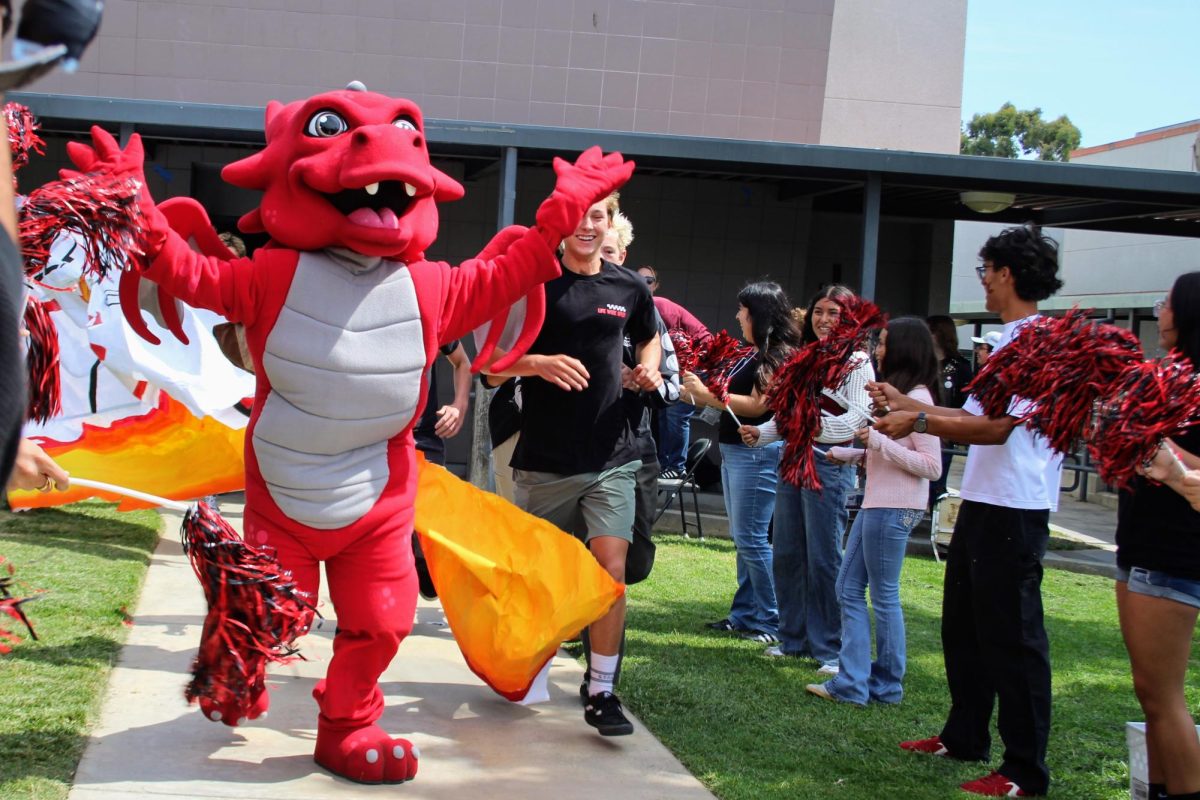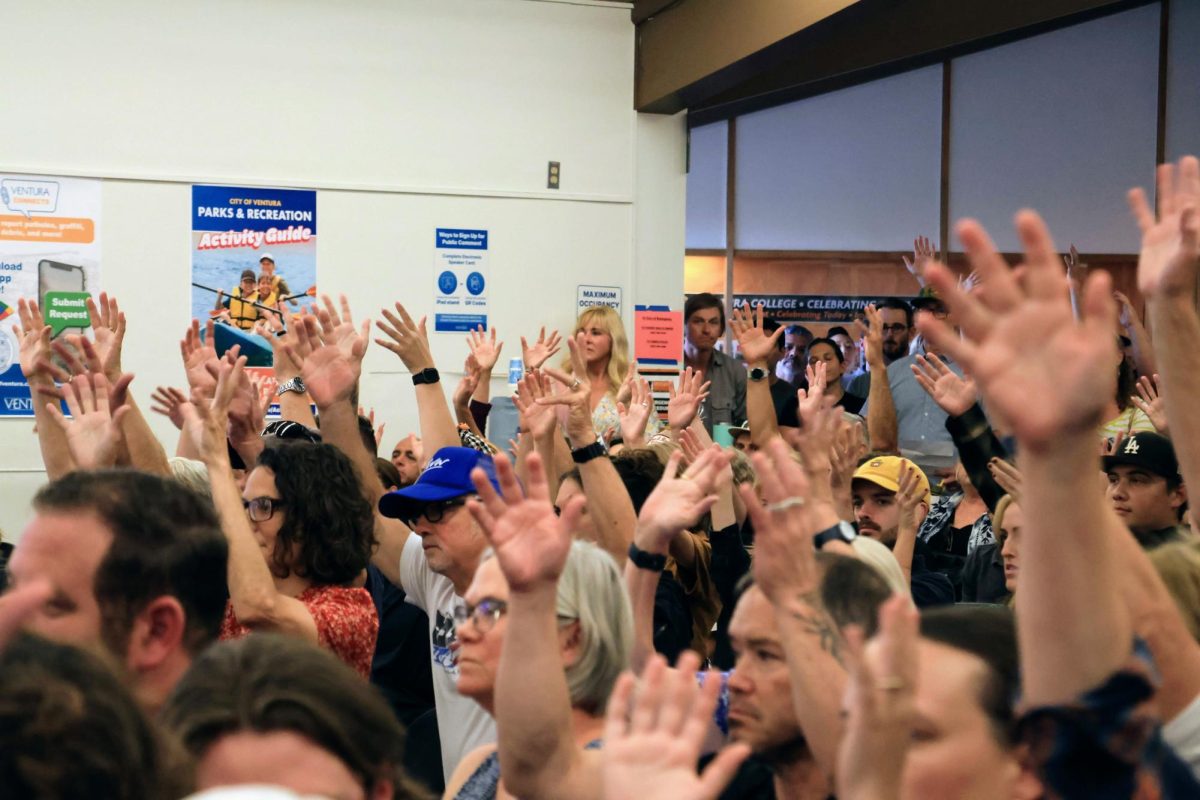
Real-life experience in a lab is something even college undergraduates compete for, but two Foothill seniors, Ami Ballmer and Claire Jurgensen, received the opportunity to sequence oarfish DNA for the Barcode of Life Database program and Coastal Marine Biolabs.
The two joined the project after their BioTech teacher Darcy Duffy offered them the opportunity to work with CMB in sequencing the DNA of an oarfish that washed up on the coast last October.
“Basically what we’ve been doing is barcoding a special segment of DNA of the oarfish that washed up on the beach a few weeks ago, and what that basically means is reading the A’s, C’s, T’s, and G’s of this certain DNA segment,” said Ballmer.
The sequencing project is just one part of the Bioliteracy Challenge, whose goal is to barcode the DNA of every multicellular life form on the planet.
“It’s a huge international effort, with student scientists from all over the country and all over the world adding to this giant database of genetic information,” said Ballmer.
The results of the oarfish sequencing at CMB will eventually be sent to the BOLD database, where it can be accessed for free.
[soundcloud url=”https://api.soundcloud.com/tracks/135593787″ params=”color=c50000&auto_play=false&hide_related=false&show_artwork=true” width=”100%” height=”166″ iframe=”true” /]
“It’s a wonderful system. We communicate new ideas, new discoveries,” said Jurgensen. “Everyone can see it: scientists, citizen scientists, and normal folk can all access it.”
Ballmer described the process used to isolate and process the oarfish DNA.
“To get the DNA barcode, we isolated the DNA and then used a technique called ‘polymerase chain reaction’ to amplify this certain little piece of DNA that we wanted,” said Ballmer. “Then we sent that off to a sequencing facility, which basically reads it out, and they send us the results.”
The lab is then sent back a “trace file,” which details the sequence of all six hundred base pairs of adenine (A), thymine (T), cytosine (C), and guanine (G), the four bases of DNA. After editing the strand to make sure it is free of errors, and to look for high-quality pieces within the strands, the results are posted to the online database.
“[We] upload all the information that goes with it, like where it was collected, who collected it, pictures of it if we have it, that kind of thing,” said Jurgensen.
Ballmer is excited at the possibilities opened up by the oarfish research. Very little is known about the fish, which live deep below the ocean’s surface. The seniors’ research will help identify if there are multiple species of oarfish unknown to humans, or just the already known species.
Both Jurgensen and Ballmer were thankful for the opportunity to do hand-on research that could benefit the scientific community around the world.
“CMB offers a lot of programs, like during the summer or spring break that are very similar to this,” said Ballmer. “I’ve done both the spring break and the summer program, and they were wonderful, absolutely wonderful experiences that I highly recommend.”
“We’re grateful for the opportunity, because no one our age gets to do this,” said Jurgensen.
Because of the seniors’ and the lab’s busy schedules, the results of the sequencing tests have not yet come in. However, Jurgensen emphasized that their test is not the only test that will be done on oarfish DNA.
“We won’t know for years because we need so many samples, or so many different barcodes, from this one specific thing to be able to make a conclusive [analysis,]” said Jurgensen. “But it will help towards that overall goal.”








